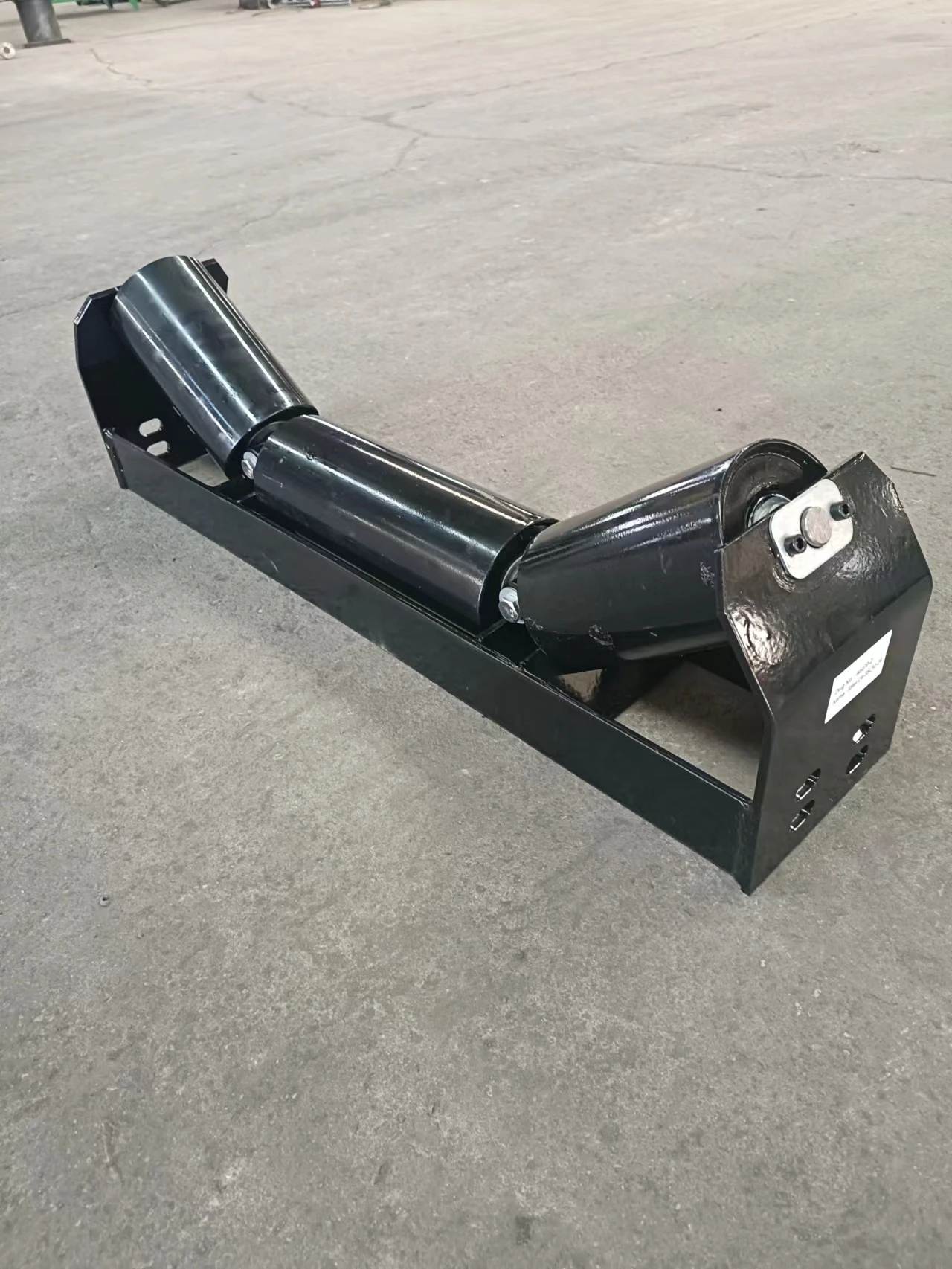 Afrikaans
Afrikaans  Albanian
Albanian  Amharic
Amharic  Arabic
Arabic  Armenian
Armenian  Azerbaijani
Azerbaijani  Basque
Basque  Belarusian
Belarusian  Bengali
Bengali  Bosnian
Bosnian  Bulgarian
Bulgarian  Catalan
Catalan  Cebuano
Cebuano  Corsican
Corsican  Croatian
Croatian  Czech
Czech  Danish
Danish  Dutch
Dutch  English
English  Esperanto
Esperanto  Estonian
Estonian  Finnish
Finnish  French
French  Frisian
Frisian  Galician
Galician  Georgian
Georgian  German
German  Greek
Greek  Gujarati
Gujarati  Haitian Creole
Haitian Creole  hausa
hausa  hawaiian
hawaiian  Hebrew
Hebrew  Hindi
Hindi  Miao
Miao  Hungarian
Hungarian  Icelandic
Icelandic  igbo
igbo  Indonesian
Indonesian  irish
irish  Italian
Italian  Japanese
Japanese  Javanese
Javanese  Kannada
Kannada  kazakh
kazakh  Khmer
Khmer  Rwandese
Rwandese  Korean
Korean  Kurdish
Kurdish  Kyrgyz
Kyrgyz  Lao
Lao  Latin
Latin  Latvian
Latvian  Lithuanian
Lithuanian  Luxembourgish
Luxembourgish  Macedonian
Macedonian  Malgashi
Malgashi  Malay
Malay  Malayalam
Malayalam  Maltese
Maltese  Maori
Maori  Marathi
Marathi  Mongolian
Mongolian  Myanmar
Myanmar  Nepali
Nepali  Norwegian
Norwegian  Norwegian
Norwegian  Occitan
Occitan  Pashto
Pashto  Persian
Persian  Polish
Polish  Portuguese
Portuguese  Punjabi
Punjabi  Romanian
Romanian  Russian
Russian  Samoan
Samoan  Scottish Gaelic
Scottish Gaelic  Serbian
Serbian  Sesotho
Sesotho  Shona
Shona  Sindhi
Sindhi  Sinhala
Sinhala  Slovak
Slovak  Slovenian
Slovenian  Somali
Somali  Spanish
Spanish  Sundanese
Sundanese  Swahili
Swahili  Swedish
Swedish  Tagalog
Tagalog  Tajik
Tajik  Tamil
Tamil  Tatar
Tatar  Telugu
Telugu  Thai
Thai  Turkish
Turkish  Turkmen
Turkmen  Ukrainian
Ukrainian  Urdu
Urdu  Uighur
Uighur  Uzbek
Uzbek  Vietnamese
Vietnamese  Welsh
Welsh  Bantu
Bantu  Yiddish
Yiddish  Yoruba
Yoruba  Zulu
Zulu Conveyor Pulley Specification and Selection Guide for Efficient Material Handling Solutions
Understanding Conveyor Pulley Catalogs Essential Components for Efficient Material Handling
Conveyor systems are ubiquitous in various industries, from manufacturing and mining to food processing and distribution. At the heart of these systems lies the conveyor pulley, a critical component that ensures the smooth operation and efficiency of the conveyor belt. To effectively choose and utilize these pulleys, understanding the conveyor pulley catalog is essential.
A conveyor pulley is a cylindrical device that supports and drives the conveyor belt. Its primary functions include changing the belt’s direction, providing tension, and driving the system. Pulleys are crucial for ensuring that material is transported efficiently from one location to another. The design and quality of the pulley can significantly affect the longevity and performance of the entire conveyor system.
Types of Conveyor Pulleys
In a typical conveyor pulley catalog, you will find various types of pulleys, each suited for different applications. The most common types include
1. Drive Pulleys These pulleys are connected to a motor, providing the necessary traction to move the conveyor belt. They are often located at the head of the conveyor system.
2. Return Pulleys Positioned at the tail of the conveyor, return pulleys help to guide the belt back to the drive pulley. They ensure that the belt maintains proper tension and alignment.
3. Tail Pulleys Found at the end of a conveyor, tail pulleys support the belt return cycle. They play a vital role in minimizing wear and helping with belt tracking.
5. Take-Up Pulleys These pulleys adjust the tension on the conveyor belt. They are crucial for maintaining belt stability and preventing slippage.
conveyor pulley catalogue

Important Features in a Conveyor Pulley Catalogue
When reviewing a conveyor pulley catalog, several key features should be considered to choose the right type for your application
- Material and Construction Pulleys are typically constructed from steel, aluminum, or other durable materials. The choice of material affects the pulley’s strength, weight, and resistance to wear and corrosion. Ensure the pulleys are designed for the specific environmental conditions they will encounter.
- Diameter The size of the pulley impacts both the conveyor’s performance and its bending radius. Larger pulleys can handle more weight but may require more space. A catalog will provide a range of diameter options, allowing for tailored solutions to specific operational needs.
- Belt Width Compatibility It is crucial to select pulleys that are compatible with the width of the conveyor belt. This compatibility affects the efficiency and effectiveness of material transport.
- Bearing Options The type of bearings used in the pulley can affect its performance and lifespan. Options may include roller bearings, sleeve bearings, or self-aligning bearings, each suited for different loads and speeds.
- Groove Design Pulleys come with various groove designs to optimize belt engagement and reduce slippage. The catalog will detail the configurations available, and understanding these can lead to better belt performance.
Conclusion
Choosing the right conveyor pulley is critical for the efficient operation of any conveyor system. A comprehensive conveyor pulley catalog serves as a valuable resource for engineers and purchasing managers alike. By understanding the various types of pulleys available, their specific functions, and the essential features to consider, industry professionals can ensure they select the correct components to meet their material handling needs.
In summary, conveyor pulleys may seem like small components within a larger system, but they play a pivotal role in the successful transport of materials. By utilizing a well-organized conveyor pulley catalog, businesses can enhance their operational effectiveness, reduce downtime, and ultimately increase productivity. Investing time in understanding these catalogs can lead to informed decisions that benefit the entire material handling process.
-
Revolutionizing Conveyor Reliability with Advanced Rubber Lagging PulleysNewsJul.22,2025
-
Powering Precision and Durability with Expert Manufacturers of Conveyor ComponentsNewsJul.22,2025
-
Optimizing Conveyor Systems with Advanced Conveyor AccessoriesNewsJul.22,2025
-
Maximize Conveyor Efficiency with Quality Conveyor Idler PulleysNewsJul.22,2025
-
Future-Proof Your Conveyor System with High-Performance Polyurethane RollerNewsJul.22,2025
-
Driving Efficiency Forward with Quality Idlers and RollersNewsJul.22,2025





























